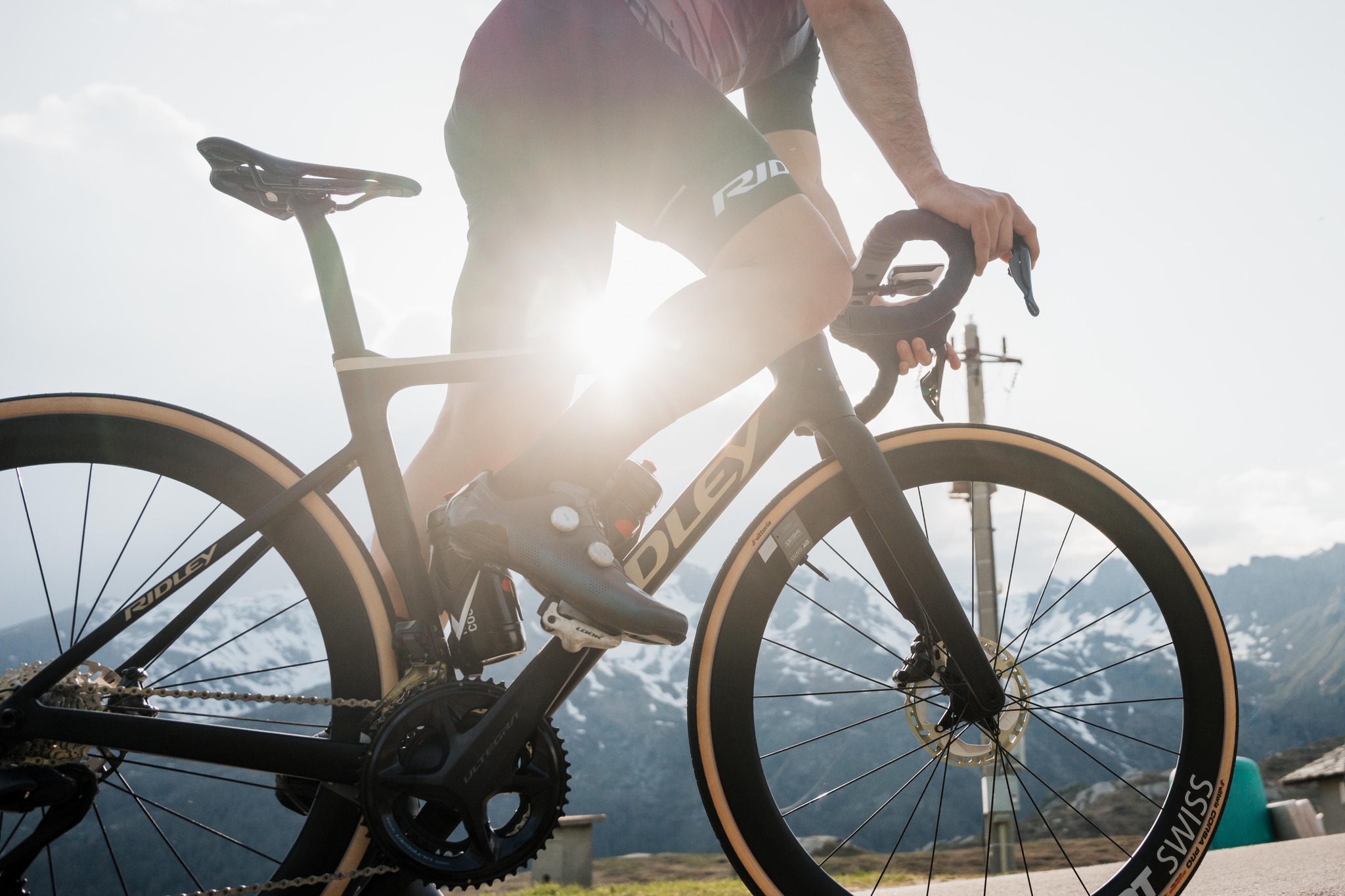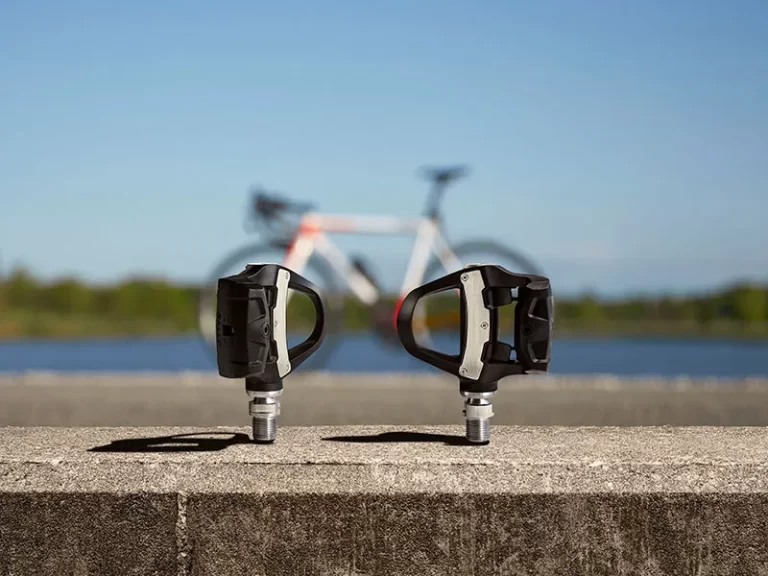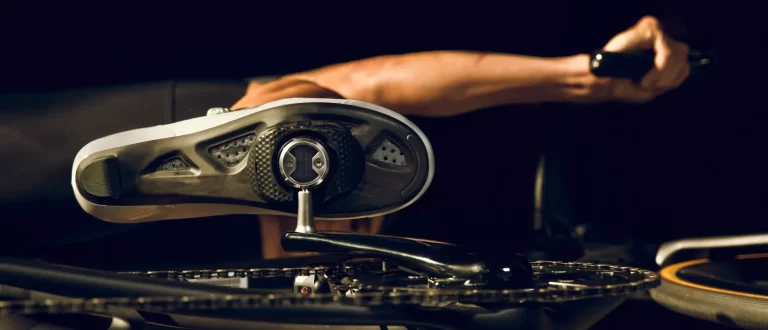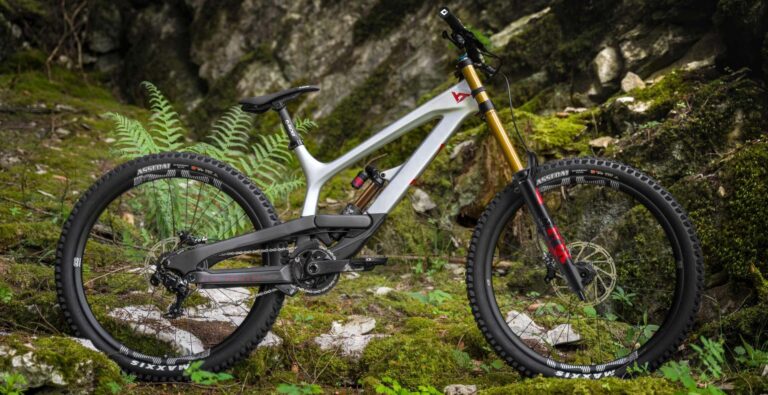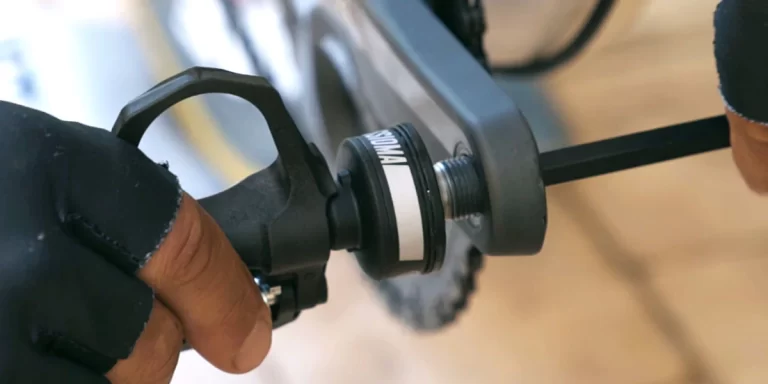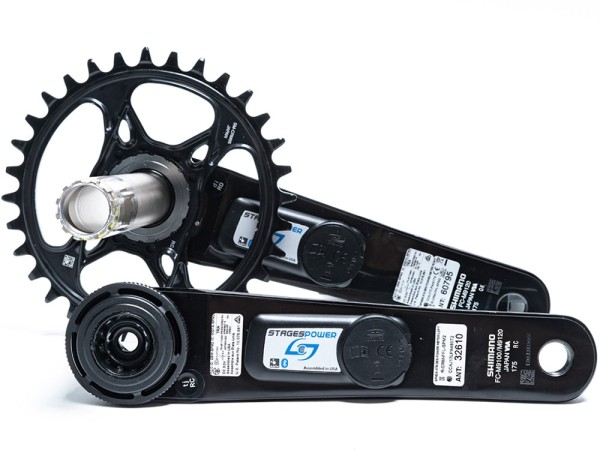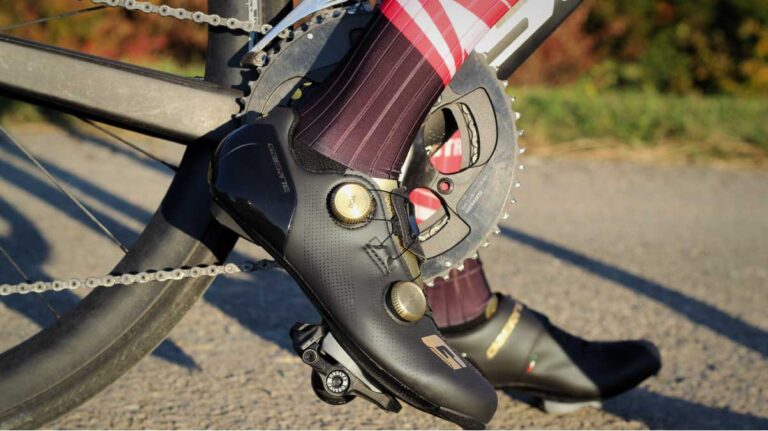Understanding Bike Power Meter Technology: A Master Cyclist’s Perspective
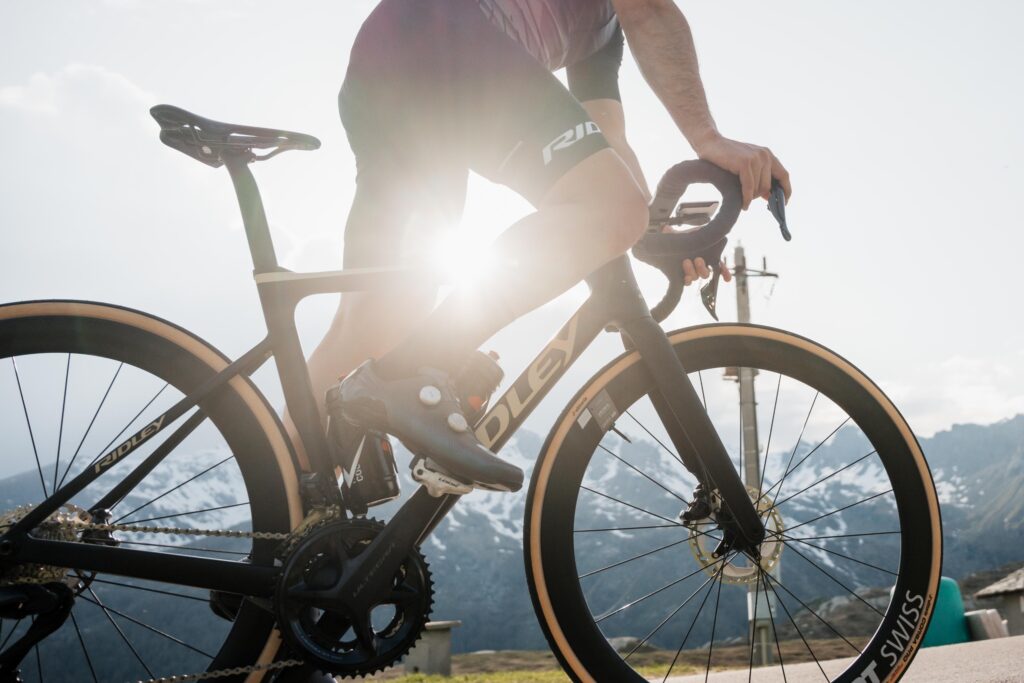
Key Point Summary of Understanding Bike Power Meter Technology:
- Bike power meters measure the power output of a rider in real-time, providing valuable data for training and racing.
- Understanding how power meters work can help cyclists optimize their effort, train more effectively, and track performance improvements over time.
- The integration of power meter data into training routines can significantly enhance a cyclist’s ability to meet their fitness and racing goals.
In my years of cycling, racing mountain bikes, navigating gravel routes, and competing in cyclocross events, I’ve come to rely heavily on various pieces of technology to enhance my performance and enjoyment of the sport. Among these, the bike power meter has been a game-changer. It’s a tool that’s become increasingly accessible to cyclists of all levels, offering insights that were once the preserve of the pros. Today, I’d like to demystify bike power meter technology for those who are curious about how it works and how it can impact cycling performance.
Bike power meters have revolutionized how we train, race, and understand our capabilities on two wheels. They provide a direct measurement of the effort we’re putting out, unlike heart rate monitors or speed sensors, which offer indirect estimates of this effort. Let’s delve into how these remarkable devices work and how they can elevate your cycling performance.
How Power Meters Work
At its core, a bike power meter measures the amount of power (in watts) that a cyclist is producing at any given moment. This is accomplished through strain gauges, small devices within the power meter that detect the slightest bend or flex in a component (like the crank arm, pedal, or hub) when force is applied. By calculating the force applied and combining it with the angular velocity (how fast the component is moving), the power meter can determine your power output.
The beauty of this technology is its ability to give instant feedback. For instance, during a steep climb on a trail, I can see exactly how much power I’m putting into each pedal stroke. This allows for on-the-fly adjustments to my effort, ensuring I don’t burn out too early or leave too much in the tank.
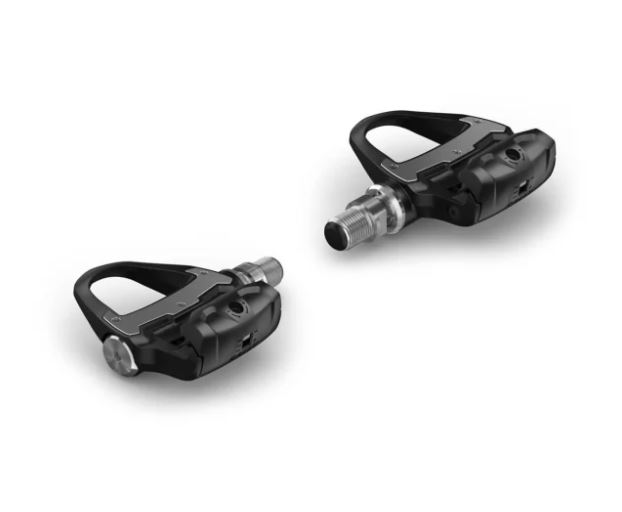
Cycling Performance Insights
One of the most significant advantages of using a power meter is the ability to measure your performance with precision. Power data, when analyzed over time, can reveal your strengths and weaknesses as a cyclist. It helps in identifying areas where you’re excelling and aspects of your riding that need improvement.
For training purposes, power meters are unparalleled. They allow for the creation of highly specific training programs that target improvements in endurance, sprint power, and climbing efficiency. By training at different power zones, you can gradually increase your functional threshold power (FTP), which is a key indicator of cycling performance.
Integrating Power Meter Data into Your Training
For those new to using power meters, the influx of data can be overwhelming. However, the key is to start with the basics. Focus on understanding your FTP and how it influences your training zones. From there, you can begin to incorporate interval training based on these zones, tracking your progress over time.
Another useful practice is to analyze your power data after each ride. Look for patterns in your performance, such as how your power output varies with different terrains or how it holds up over long distances. This analysis can provide actionable insights that inform your training decisions.

Choosing the Right Power Meter
Selecting a power meter that suits your needs is crucial. There are several types on the market, including crank-based, pedal-based, and hub-based meters. Each has its advantages and considerations. For instance, pedal-based systems are easy to switch between bikes, making them a versatile option for cyclists who own multiple bikes. On the other hand, crank-based systems are known for their accuracy and reliability but may require a more involved installation process.
In my experience, the choice often comes down to your specific cycling goals, the compatibility with your bike, and, of course, your budget. Regardless of the type, the investment in a power meter can significantly impact your training effectiveness and racing performance.
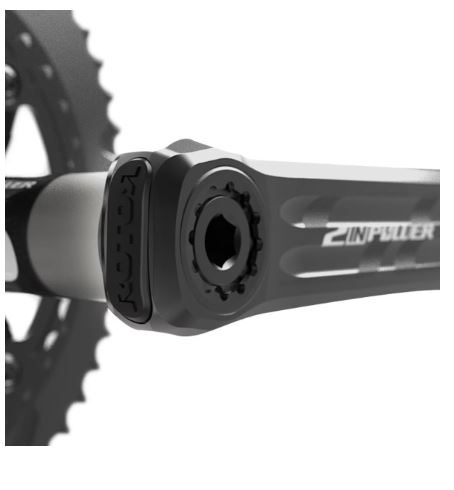
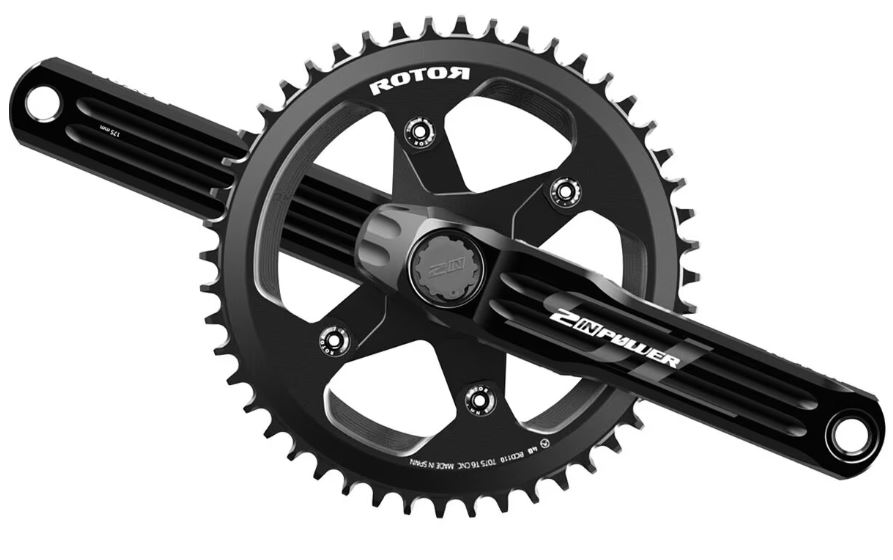
Final Thoughts
The introduction of power meter technology into the cycling world has opened up a new frontier for performance analysis and improvement. By providing precise, real-time data on our output, power meters allow us to train smarter, race more strategically, and understand our capabilities more deeply than ever before.
Here are my top 3 picks for power meters, each known for its reliability, accuracy, and ease of use. These selections cover a range of types and price points to suit various preferences and goals in cycling.
1. Quarq DZero DUB Power Meter Spider
- Type: Crank-based
- Features: The Quarq DZero DUB is renowned for its precision and durability. It offers ANT+ and Bluetooth connectivity, allowing for easy data transfer to your cycling computer or smartphone. It’s compatible with SRAM’s DUB cranksets, making it a versatile choice for many road and mountain bikes. The power meter is known for its accuracy within +/- 1.5%, providing reliable data for training and racing.
- Best For: Cyclists looking for a reliable crank-based system that integrates seamlessly with SRAM groupsets.
2. Garmin Rally XC200
- Type: Pedal-based
- Features: Designed specifically for off-road, gravel, and cyclocross cyclists, the Garmin Rally XC200 pedals are compatible with Shimano SPD cleats. They offer dual-sensing power measurements, capturing data from each pedal to provide detailed insights into your cycling dynamics. The pedals measure cadence, total power, left/right balance, and how you’re applying power through each pedal stroke. They’re also easy to install and switch between bikes.
- Best For: Riders who want detailed cycling dynamics and the flexibility to use the same power meter across multiple bikes.
3. Stages Cycling Power L
- Type: Crank arm-based
- Features: The Stages Power L meter is a lightweight, easy-to-install unit that attaches to the left crank arm. It’s compatible with a wide range of cranksets and offers data accuracy within +/- 1.5%. The Stages Power L supports both ANT+ and Bluetooth, making it easy to pair with most cycling computers and smart devices. It’s known for its robustness and ability to perform in all weather conditions, making it a favorite among cyclists of all disciplines.
- Best For: Cyclists seeking a straightforward, cost-effective introduction to training with power, without compromising on accuracy or reliability.
Each of these power meters has its unique strengths, catering to different preferences and requirements. Whether you prioritize ease of transfer between bikes, detailed cycling dynamics, or compatibility with specific components, there’s a power meter in this list that can meet your needs and help elevate your training and performance on the bike.
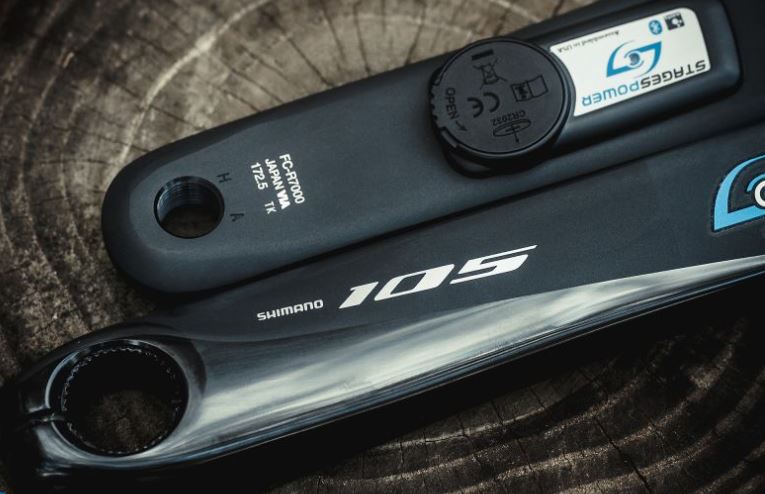
FAQ
How does bike power meter works?
A bike power meter measures the amount of power (in watts) a rider generates when pedaling. It uses strain gauges to detect the slight deformation of a bike component (like the crank arm, pedal, or hub) under force. The power meter calculates the force applied and combines it with the angular velocity (rotation speed) to determine power output.
How do you understand power on a bike?
Understanding power involves knowing that it represents the rate at which you’re doing work or generating energy on the bike. It’s measured in watts. Tracking your power output helps gauge your effort and efficiency, allowing for targeted training and performance analysis. Key metrics include average power, peak power, and Functional Threshold Power (FTP), which is the highest average power you can sustain for an hour.
What are the different types of power meters?
- Crank-based: Integrated into the crankset; measures power at the crank arm or spider.
- Pedal-based: Attached to the pedals; easy to swap between bikes.
- Hub-based: Located in the rear wheel’s hub; measures power at the wheel.
- Chainring-based: Mounted on the chainrings; offers direct force measurement.
- Bottom bracket: Installed in the bottom bracket shell; less common.
Are bike power meters accurate?
Yes, most high-quality bike power meters are accurate, with many offering a precision within +/- 1% to 2%. The accuracy can be influenced by calibration, installation, and environmental factors, but overall, power meters are reliable tools for measuring and analyzing cycling performance.
